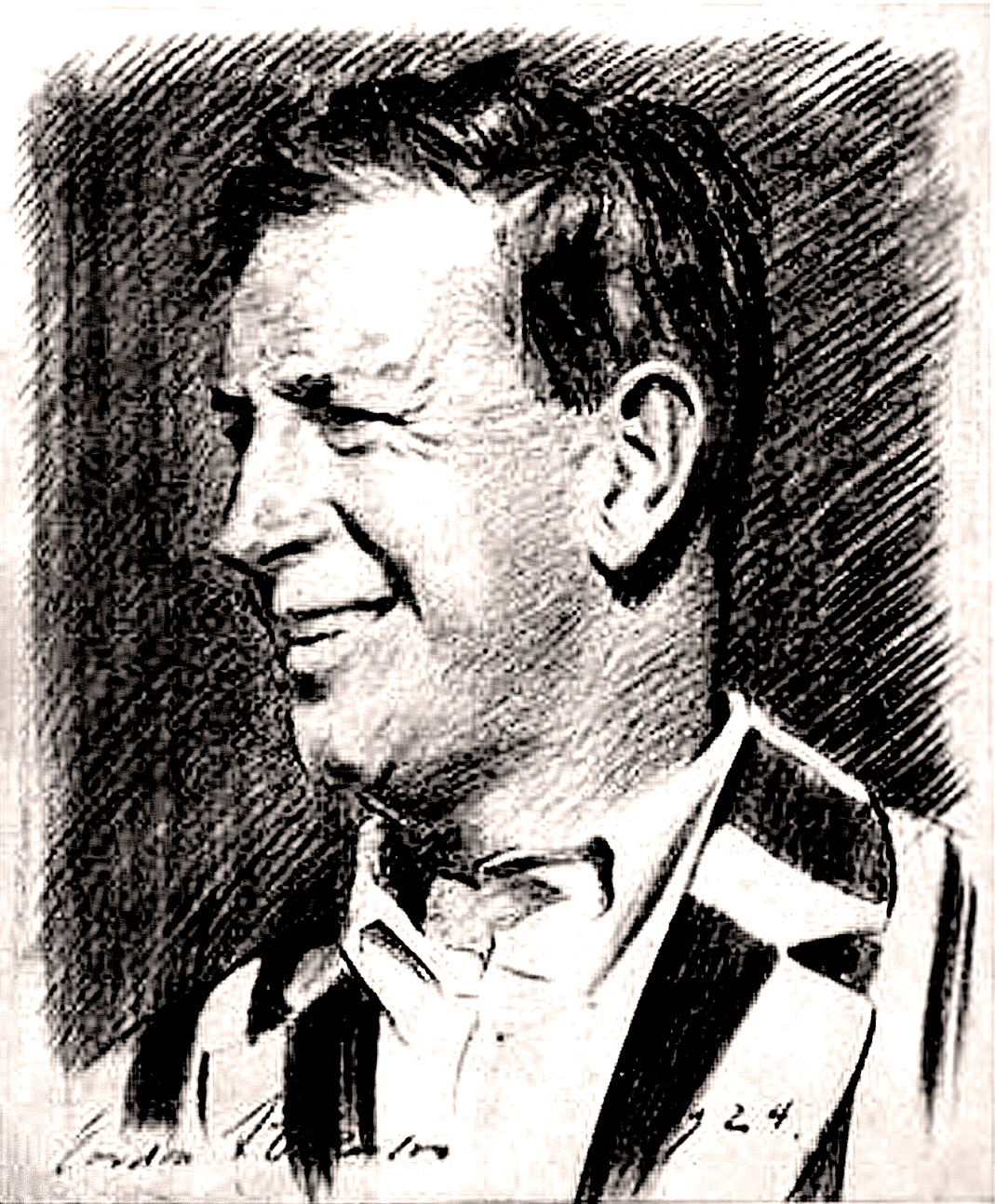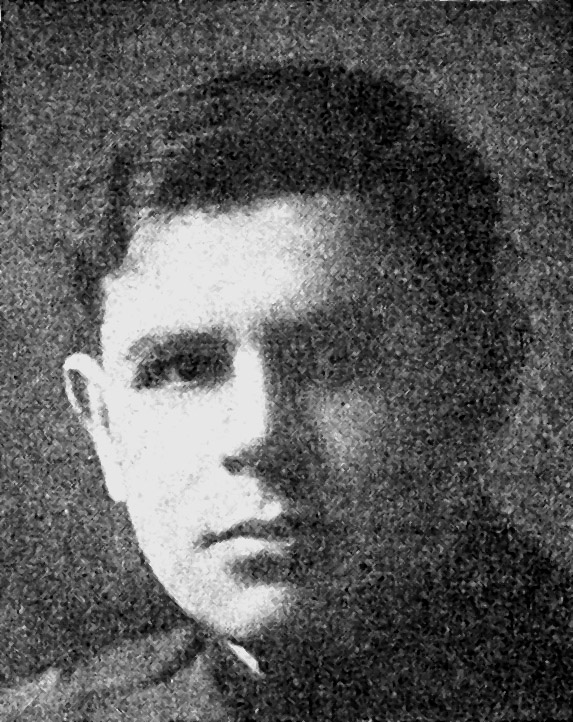The Hypothecator of War
Time Magazine
Monday, Dec. 15, 1924
Science, p. 24

Dwight F. Davis
The Hypothecator of War
Conclave
For the 45th time, the American Society of Mechanical Engineers assembled for its annual meeting. The place was Manhattan. The attendance was composed of a group of the most eminent engineers in the country. The object was the exchange of ideas, discoveries and criticisms which each of these scientific minds had been maturing privately during the past year.
The Federal Government was present. The Government is interested in mechanical matters. Only a few years ago, war turned the entire Government into a great mechanic. Now for both war and peace aims, the Government keeps in touch with mechanical progress. So its liaison officer, Assistant Secretary of War Dwight Filley Davis, the man whose special function it is to foresee and mechanically to forearm for war, was on hand to open the session on National Defense. He set forth the two basic ideas of the War Department: 1) industrial preparedness as assurance against war; 2) the apportionment of its burdens in accordance with pre- arranged plans, so that the burdens might be equalized and provision made for their efficient carriage. Said he:
"If the War Department had even laid down a definite program before our entry into the World War and had computed approximately its munitions requirements under the program, our effective entrance into the European conflict would have occurred months sooner than it did; and the consequent saving in lives and money would have been enormous. In the item of leather goods alone, we estimate that $200,000,000 could have been saved.
"We have recently appointed 15 commodity committees to which have been assigned the task of getting together the total requirements of all supply branches for certain assigned commodities. Having ascertained the total requirements, the committee submits them to a designated supply branch. It is the duty of this branch to maintain contact with the industry and to make a plan for procuring the commodity in time of emergency. This plan is then cleared by the commodity committee and, when satisfactory, becomes the procurement plan for the War Department for the commodity."
Thus spoke War's hypothecator, pledging the nation's resources, in case of need, to war—preparing peaceful plans for future emergencies, enlisting scientists—peaceful scientists—in the interests of national defense. It was perhaps one of the last things one would have expected 25 years ago of the tall, good-looking, young Missouri tennis- player, who, then at Harvard, offered the trophy afterwards to become famous as the Davis Cup, who for two years defended it in person, who sailed boats, played polo, who became Park Commissioner of St. Louis and started the Municipal Athletic League. His turn towards the field of industry in war came in 1921 when he was made a director of the War Finance Corporation, from which post he came to be the Assistant Secretary of War in 1923.

Alexander Klemin
He is the helicopter’s prophet
The scientists listened and fell to their deliberations on many subjects.
Some of the main topics:
Dr. Julian D. Sears of the Geological Survey warned the engineers that they must find more economical means of producing, refining and using petroleum and predicted that the 1924 production of crude oil would fall 32,000,000 barrels behind the demand.
Prof. Alexander Klemin, in charge of the School of Aeronautics of New York University, discussed the problems and development of the helicopter. Only a day or two before, Thomas A. Edison, in an interview in Collier's Weekly, had declared that the next great invention would be a practical helicopter. Prof. Klemin explained the requirements of a successful helicopter and foresaw its future development, not as a rival to the airplane but as a supplement adapted to special purposes such as rising and descending vertically and hovering over one spot.
Henry Zoelly, a Swiss engineer, declared that the steam locomotive is lag ging "pitifully" in scientific progress and foresaw the development of a turbo-locomotive.
Colonel Tracy C. Dickson of the Ordnance Department of the U. S. Army told of the development of a 280,000-volt X-ray apparatus to take pictures through three inches of steel. The use of the apparatus is to detect flaws in castings, thus preventing gun explosions.
Dr. William LeRoy Emmet of the General Electric Co. told of the development of the mercury vapor turbine, explaining that he believed it would prove 40% more efficient than the steam turbine.
The principal speaker at the annual dinner of the Society was Dr. Livingston Farrand, President of Cornell University, who deplored the loose thinking which characterizes the American people.
All the addresses, with few exceptions, were extremely technical, which was what the engineers desired and understood. They also understood the less technical language of Dwight F. Davis.